Fascinators
A fascinator is a formal headpiece for women, a style of millinery. Since the 1990s the term has referred to a type of formal headwear worn as an alternative to the hat; it is usually a large decorative design attached to a band or clip. In contrast to a hat, its function is purely ornamental: it covers very little of the head, and offers little or no protection from the weather.
Julie Herbert Millinery Customer Bryony (below), wearing a Sinamay and Silk Abaca abstract Yellow Brim Hat at a Fashions in the field competition.
The word "fascinator" is derived from the Latin verb fascinare ("to fascinate"), and simply means a thing or person that is enthralling or extremely interesting. Historically, the term was also applied to a person or animal with the (perhaps magical) power of rendering others unable to move or escape.
In the mid-19th-century United States, the term "fascinator" was first applied to headwear. In this context, a fascinator was a lightweight hood or scarf worn about the head and tied under the chin, typically knitted or crocheted. The fascinator was made from soft, lightweight yarns and may originally have been called a "cloud". The "cloud" is described in 1871 as being "a light scarf of fine knitting over the head and round the neck, [worn] instead of an opera hood when going out at night".
The use of the term "fascinator" to describe a particular form of late 20th- and early 21st-century millinery emerged towards the end of the late 20th century, possibly as a term for 1990s designs inspired by the small 1960s cocktail hats, which were designed to perch upon the highly coiffed hairstyles of the period.
Today, a fascinator is worn on occasions where hats are customary, sometimes serving as an evening accessory, when it may be called a cocktail hat. It is generally worn with fairly formal attire. In addition, fascinators are frequently worn by women as a Christian Headcovering during church services, especially weddings.
A substantial fascinator is a fascinator of some size or bulk. Bigger than a barrette, modern fascinators are commonly made with feathers, flowers or beads. They need to be attached to the hair by a comb, headband or clip. They are particularly popular at premium horse-racing events, such as the Grand National, Kentucky Derby and the Melbourne Cup. Brides may choose to wear them as an alternative to a bridal veil or hat, particularly if their gowns are non-traditional.
At the wedding of Prince William and Catherine Middleton in April 2011, various female guests arrived wearing fascinators. In 2012 Royal Ascot announced that women would have to wear hats, not fascinators, as part of a tightening of the dress code in Royal Ascot's Royal Enclosure. In previous years female racegoers were simply advised that "many ladies wear hats".
Click here to view Julie's full collection
Headwear As Featured
From me!, Julie Herbert
I created Millinery pieces because I love being
in the moment creating in a different artform. And also, it brings me such joy
when we’re able to hear or see customers having a wonderful experience
ordering and how proud they feel when wearing a designer hat, headpiece or
headband by me.
Some don’t know this but I have 2 young Children. And
I’m passionate about it because they are my whole world raising them. Which
makes this whole experience with our brand relatable knowing growing a business
from scratch is hard to start, but when it has gotten older I have learnt more
patience and feeling more grateful than ever to have my Millinery journey
shared by my customers and fans.
One of my favourite Millinery styles is the Fedora Hat because you can keep sun protected and be unique at the same time. I hope you love my Millinery collection as much as I do.
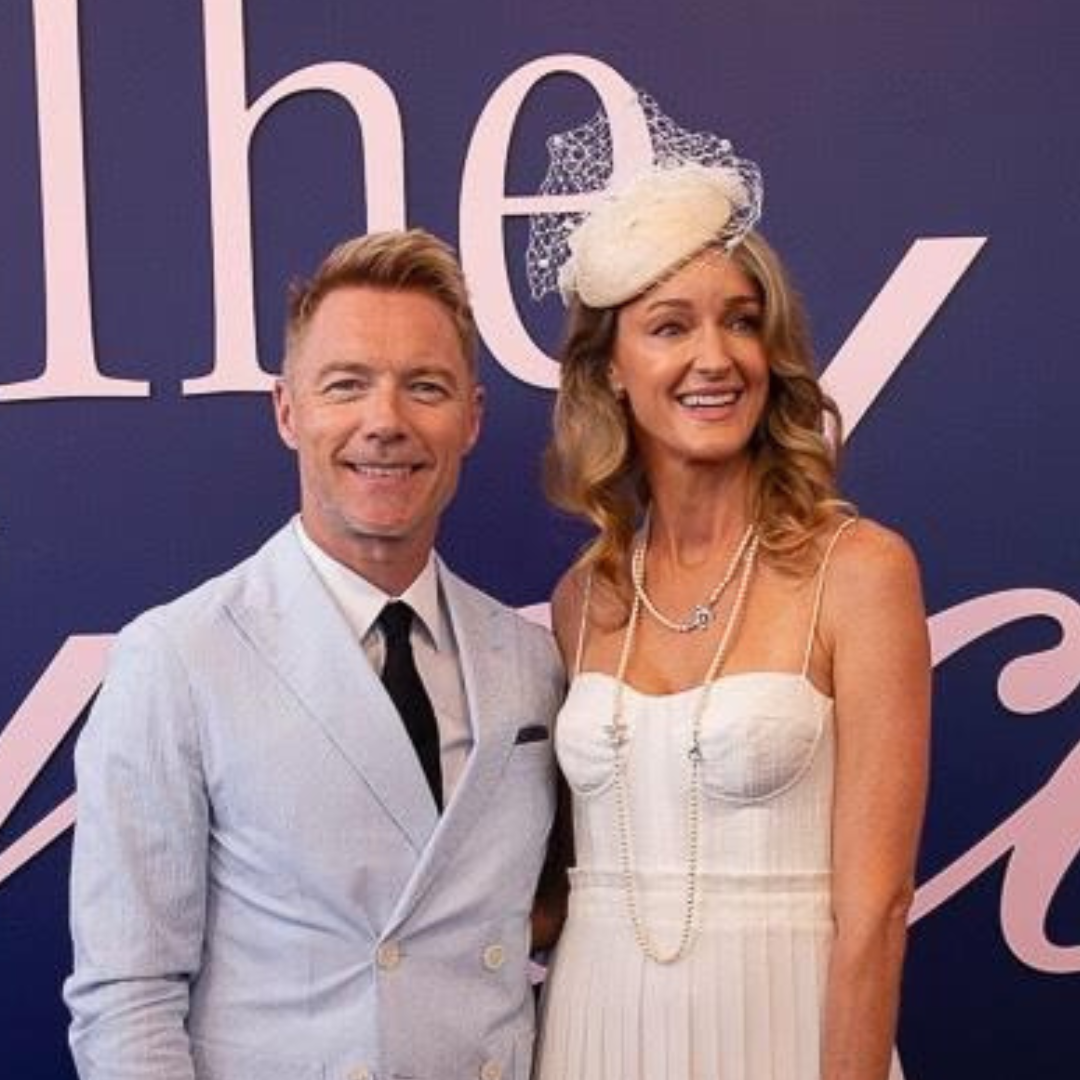
Storm Keating for Melbourne Cup Day, Flemington
Such a thrill to have created a bespoke headpiece for Storm Keating, Producer, Director and Wife of Irish Singer Ronan Keating. A Ivory Parisisal button headpiece with a soft veiling to compliment Storm's look for Melbourne Cup Day at Flemington.
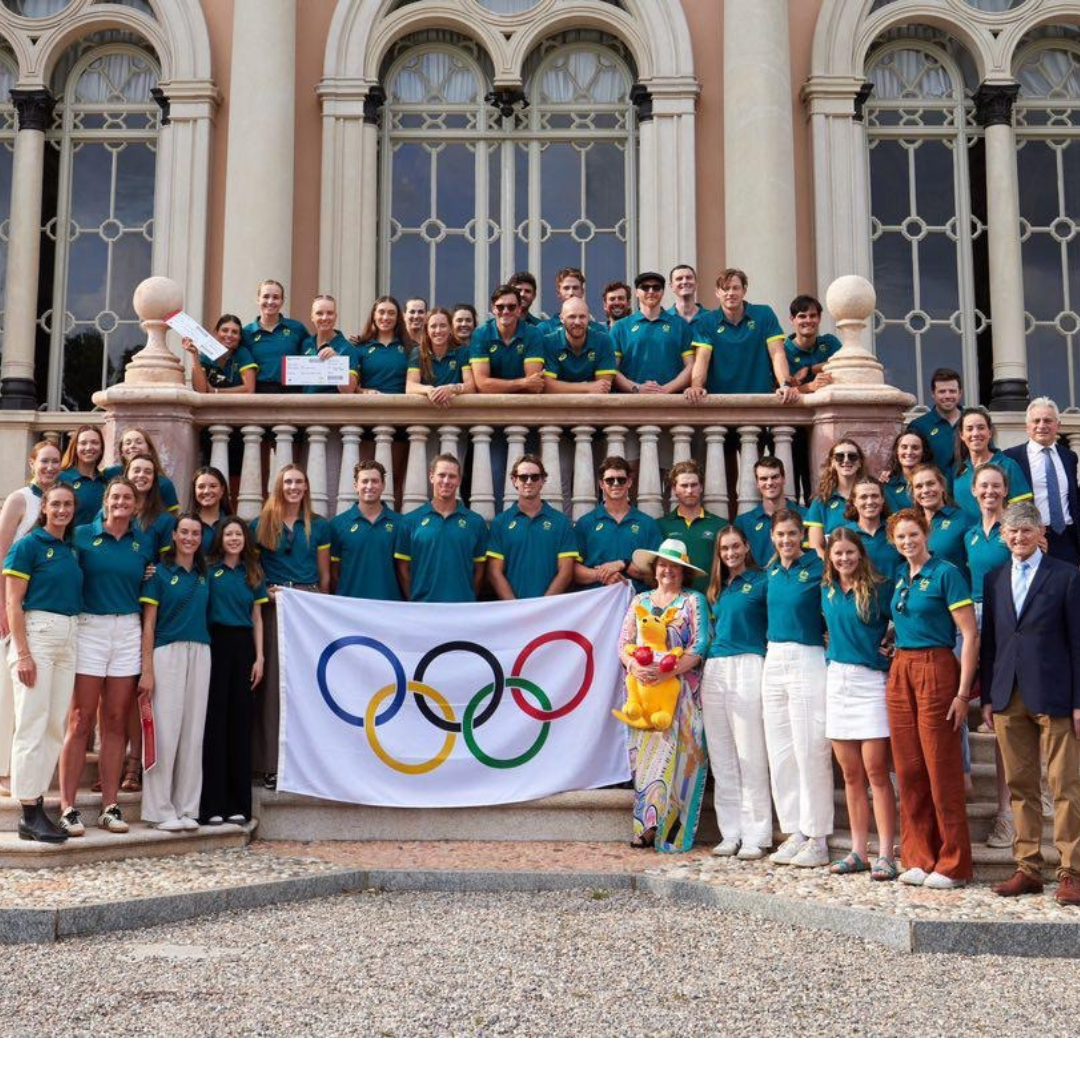
Mrs Gina Rinehart AO, and Rowing Australia team for the 2024 Paris Olympic Games
A special moment when Rowing Australia contacted me to create a bespoke hat especially for Mrs Gina Rinehart AO, for the Paris 2024 Olympic Games. Just so special.
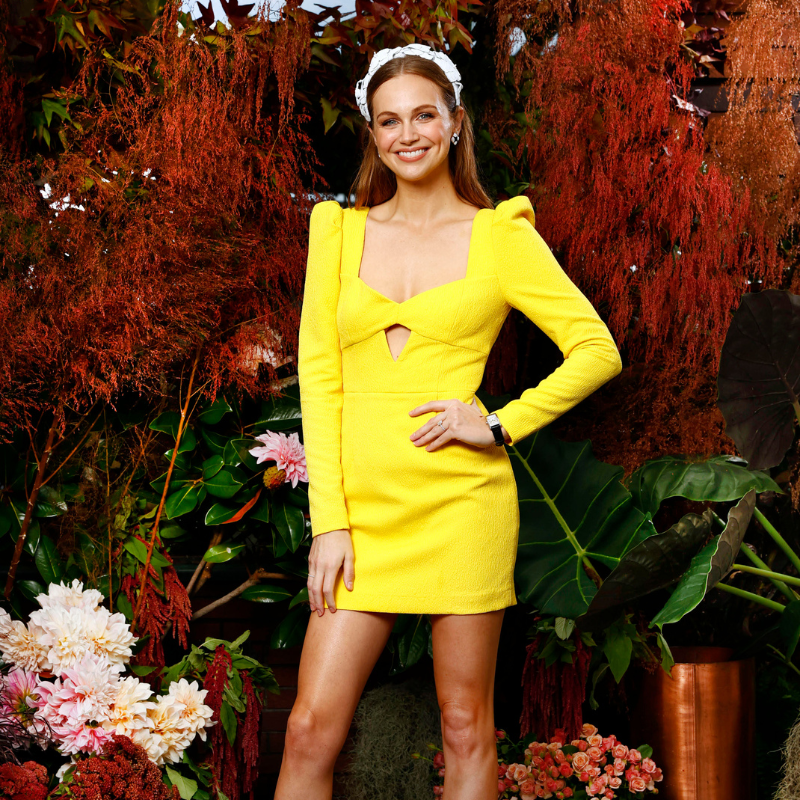
Ksenija Jalukich for Sydney Autumn Carnival at Royal Randwick
Public figure Ksenija wearing a stunning white leather flower headband by Julie Herbert to celebrate Sydney Autumn Racing Carnival for Royal Randwick.
Styling: Donny Gallela
Dress: Rebecca Valance
Headband: Julie Herbert Millinery
Watch: Longines
Make Up: Michael Brown
The Daily Telegraph - Sydney

Kate Mallyon for Magic Millions Gold Coast
The ever so beautiful Kate Mallyon wearing a Julie Herbert leather pink and white leather bow, headband for 7Racing telecast for Magic Millions, Gold Coast Racecourse.
Styling: Suze Skander
Headband: Julie Herbert Millinery
Dress: Mossman
Hair and Makeup: Liz Taglia
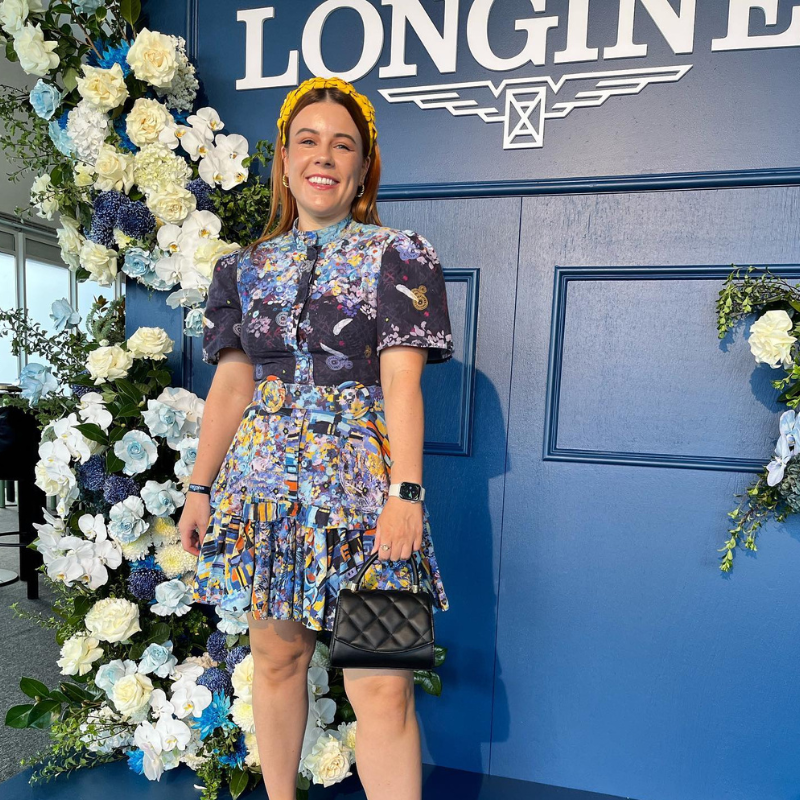
Lifestyle and Beauty Editor, Rebecca Scanlan at Longines trackside event
Rebecca Scanlan looking stunning for Longines The Star Championships trackside event at Royal Randwick. Wearing a Yellow leather flower headband by Julie Herbert.
Styling: Donny Gallela
Headband: Julie Herbert Millinery
Dress: Leo Lin for Glam Corner
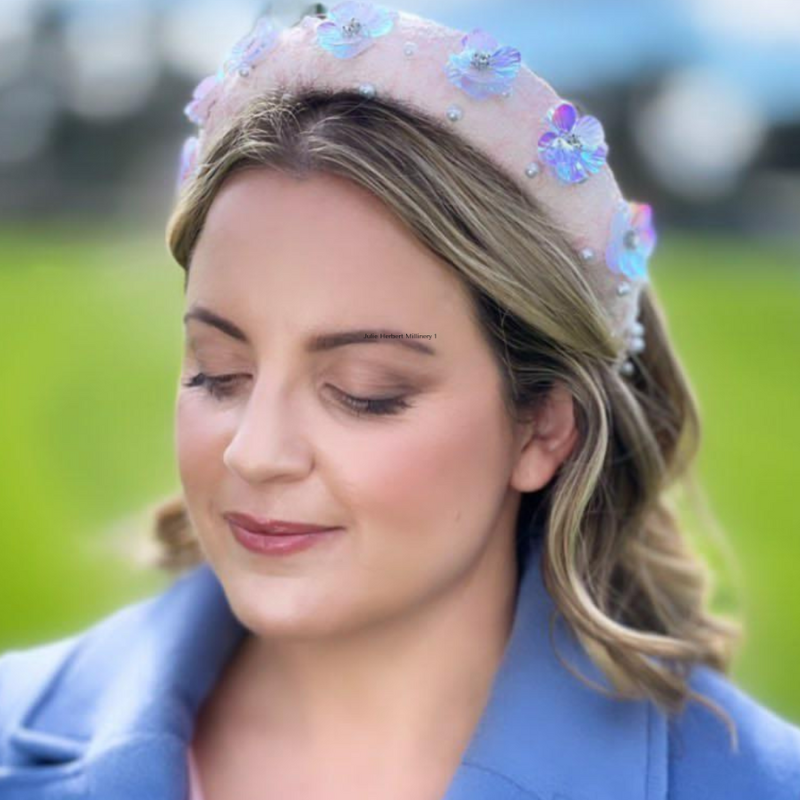
Lizzie Jelfs covering 7 Horseracing at Rosehill Gardens
Lizzie Jelfs looking beautiful, covering racing for Sky Racing and 7Racing telecast. Wearing a Julie Herbert baby pink with monochrome flowers headband.
Styling by: Suze Skander, Sheridan Payne
Headband: Julie Herbert Millinery
Dress: Olivia Rubin via Glam Corner
Hair & Makeup: Natalie Artistry
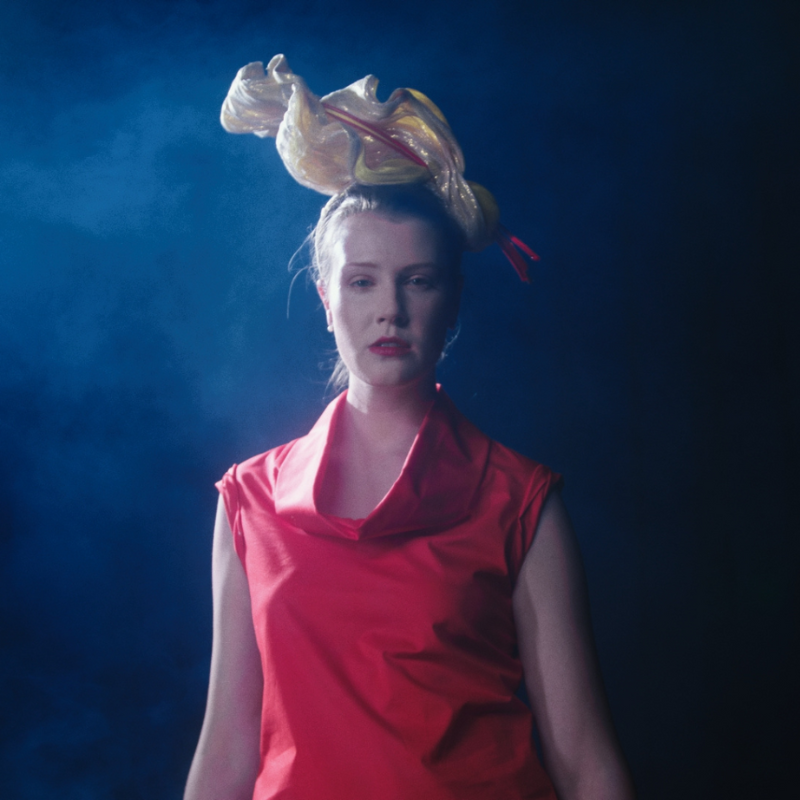
Orange360 Retail Promotion
Tourism of Orange, NSW Orange360 marketing campaign supporting retail and boutique businesses.
Talent, Sarah wearing the 2018 Myer Millinery Award creation called Firewalker.
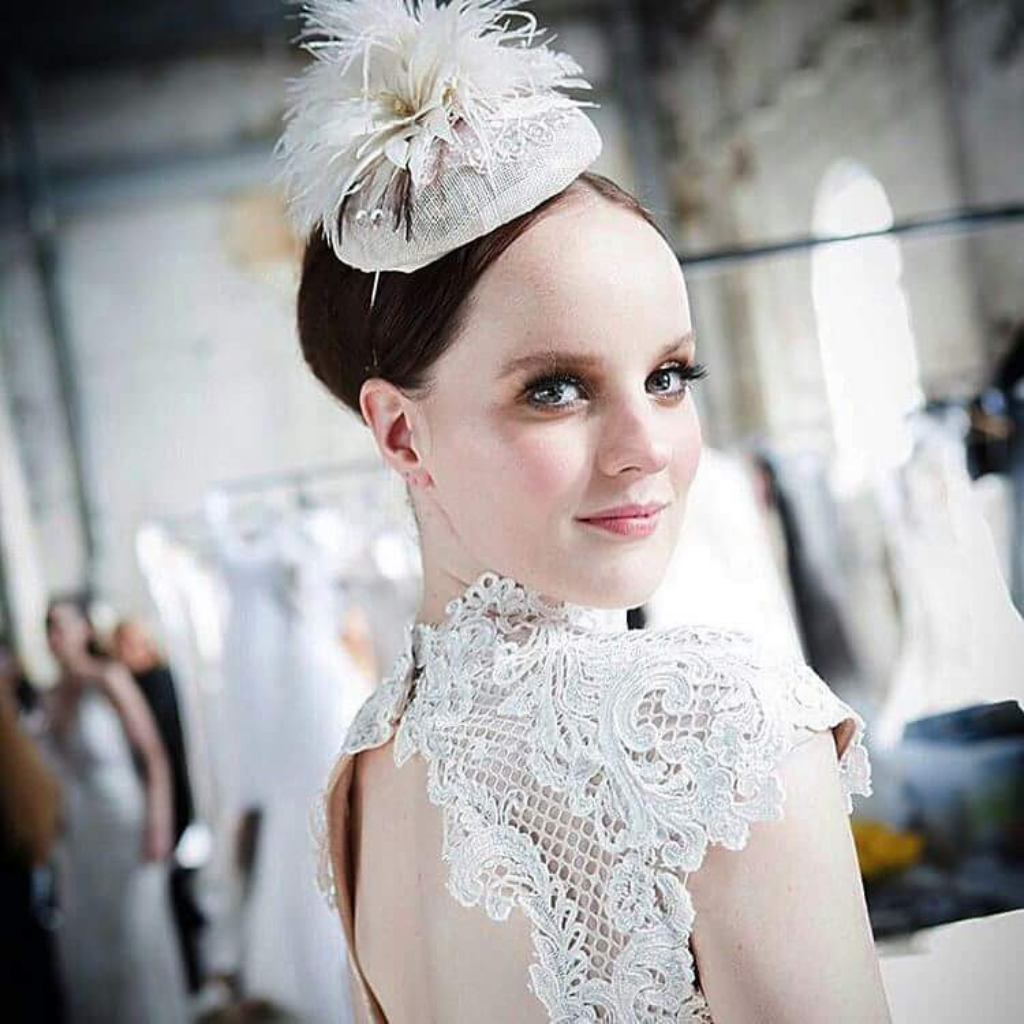
Australian Bridal Fashion Week - Sydney
Julie Herbert's Bridal Collection hit the Runway at the ABFW, collaborating with Corstone Couture.

